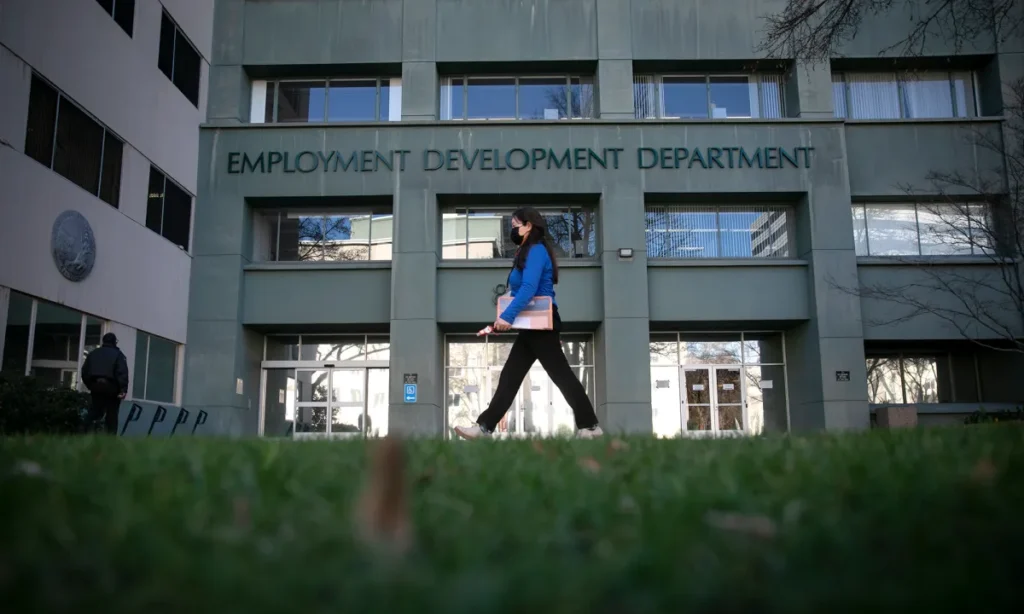Share
Scientific American
We know how the COVID-19 pandemic began: Bats near Wuhan, China, hold a mix of coronavirus strains, and sometime last fall one of the strains, opportunistic enough to cross species lines, left its host or hosts and ended up in a person. Then it was on the loose.
What no one knows yet is how the pandemic will end. This coronavirus is unprecedented in the combination of its easy transmissibility, a range of symptoms going from none at all to deadly, and the extent that it has disrupted the world. A highly susceptible population led to near exponential growth in cases. “This is a distinct and very new situation,” says epidemiologist and evolutionary biologist Sarah Cobey of the University of Chicago.
But past pandemics do offer hints of the future. While there is no one historical example to follow, humanity has gone through several large epidemics in the past 100 or so years that eventually stopped ravaging society. The ways they came to a halt offer guidance to a world looking for ways to restore health and some sense of normalcy. Three of those experiences, Cobey and other experts say, suggest that what happens next depends on both the evolution of the pathogen and of the human response to it, both biological and social.
By Lydia Denworth | June 2020 Edition
RELATED TOPICS:
Categories

FBI Foils Bomb Plot Targeting ICE Agents in Los Angeles: AG Bondi

What We Know About Rob Reiner and His Death

















